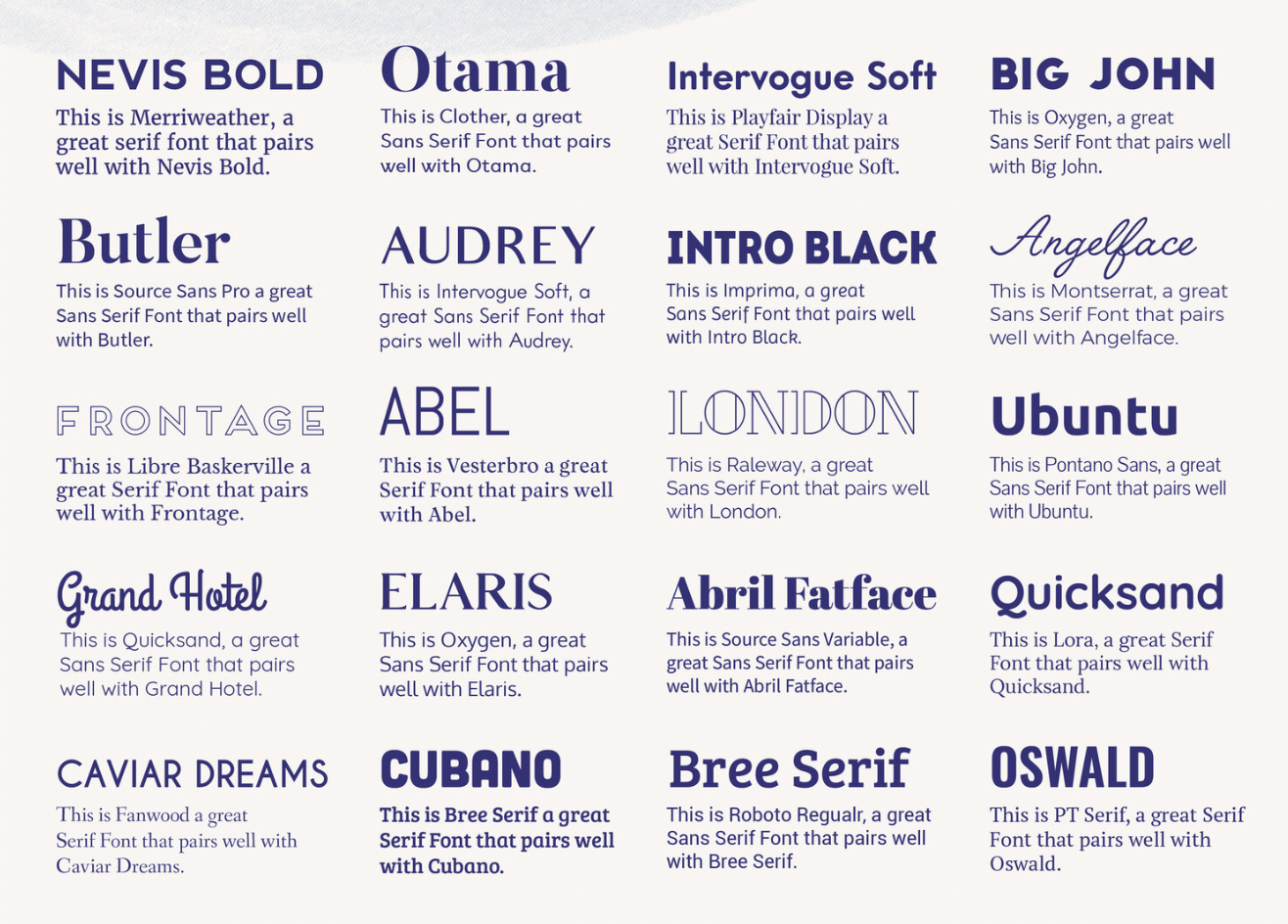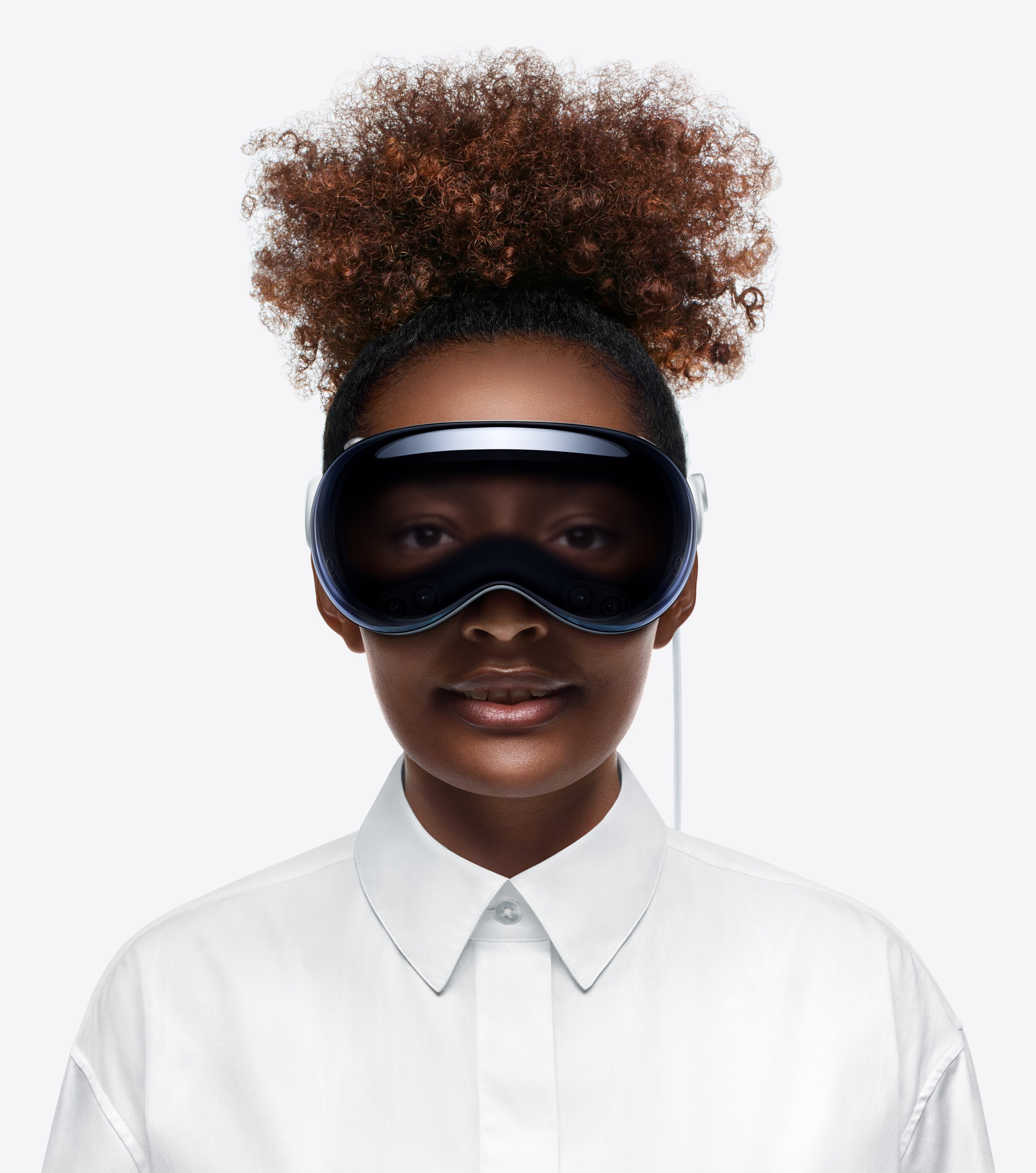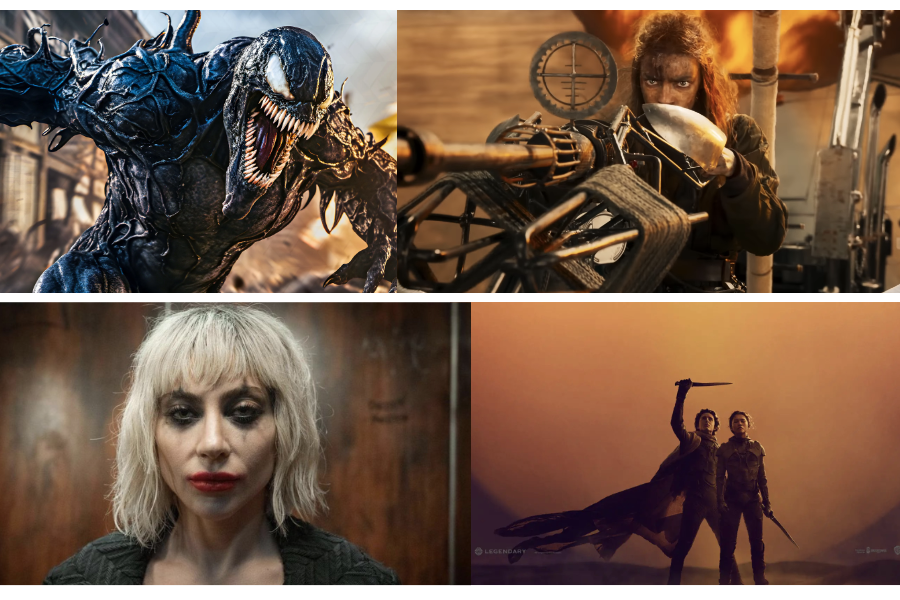Every Position You Need To Fill For Your Production Team
When it comes to creating exceptional productions, a strong team is an absolute must. From film and television to theater and live events, the collaborative efforts of various individuals play a crucial role in bringing artistic visions to life. Each member of a production team brings unique skills and expertise to the table, working together to ensure a seamless and successful outcome. In this blog post, we'll delve into the different roles within a production team and explore what each of them contributes to the overall creative process.
Keep in mind while you read along that depending on your budget several individuals may need to wear multiple hats. For example, there have been many projects I’ve worked on with smaller budgets where I have had to be the cinematographer AND the editor and most of the time do my own PA (Production Assistant) work.
1. Producer
The producer is the driving force behind a project. They oversee the entire production process, from brainstorming the initial concept to securing funding, managing budgets, organizing schedules, and coordinating logistics. Producers are responsible for assembling the team and ensuring that everyone is working towards a shared vision.
2. Director
The director acts as the creative leader of the production. They work closely with the cast and crew to bring the script to life, making artistic decisions regarding the actors' performances, set designs, lighting, sound, and overall aesthetic. The director's vision guides the entire team, and they collaborate with various department heads to achieve the desired outcome.
3. Screenwriter/Playwright
The screenwriter or playwright is the mastermind behind the story. They craft the script, developing characters, writing dialogue, and constructing the narrative arc. Their ability to create compelling stories sets the foundation for the entire production.
4. Cinematographer/Director of Photography (DP)
The cinematographer, also known as the director of photography (DP), is responsible for the visual aspects of the production. They work closely with the director in establishing the desired look and feel of the project. The DP makes decisions regarding camera angles, lighting, composition, and overall visual style, ensuring that each shot enhances the storytelling experience.
5. Production Designer
The production designer contributes to the overall look and feel of a production. They are responsible for designing and overseeing the creation of sets, selecting locations, and coordinating with other departments to ensure visual consistency and coherence. The production designer plays a crucial role in bringing the director's vision to life in a physical environment.
6. Costume Designer
The costume designer is responsible for designing and creating the costumes worn by the actors. They research historical and cultural references, collaborate with the director and production designer to establish the visual tone, and work closely with the actors to ensure that the costumes reflect the characters' personalities and the overall aesthetic of the production.
7. Sound Designer
The sound designer works closely with the director and production team to create an immersive soundscape for the production. They enhance the dialogue, add sound effects, and select or compose music to evoke specific emotions or enhance the narrative. Sound designers are also responsible for ensuring proper sound recording and playback during filming or performances.
8. Editor
The editor takes the footage captured during production and crafts the final product. They work closely with the director to choose the best performances, arrange sequences, and create a cohesive story. Using their skills in timing, pacing, and visual storytelling, editors bring all the elements together to create a polished production.
9. Actors/Performers
Actors and performers breathe life into the characters and bring the script to reality. They study their roles, rehearse scenes, and work closely with the director to deliver compelling performances. Their ability to portray emotions, communicate dialogues, and connect with the audience is critical in creating a captivating production.
10. Production Assistants
Behind the scenes, production assistants provide invaluable support to the entire team. They assist with various tasks, including setting up equipment, coordinating schedules, managing paperwork, and ensuring the smooth operation of day-to-day production activities. Production assistants are often entry-level positions, offering individuals an opportunity to gain hands-on experience and learn about all aspects of the production process.
There are WAY more positions that would make this list comprehensive and a whole lot longer, just think of the credits you watch at the end of a movie. Positions like colorists, G&E, sound mixer (this is different from sound design), makeup artists, VFX supervisors, etc. The list goes on and on. This post covers the 10 basic positions needed to get started!
Productions are a collaborative effort that relies on the expertise and skills of a diverse team. Each member brings a unique perspective and plays a vital role in the creative process. From the visionaries at the helm to those working behind the scenes, the dedication and craftsmanship of each role contribute to the success of the final product. So, the next time you watch your favorite film or attend a captivating theater performance, take a moment to appreciate the intricate collaboration that brought it to life.






















